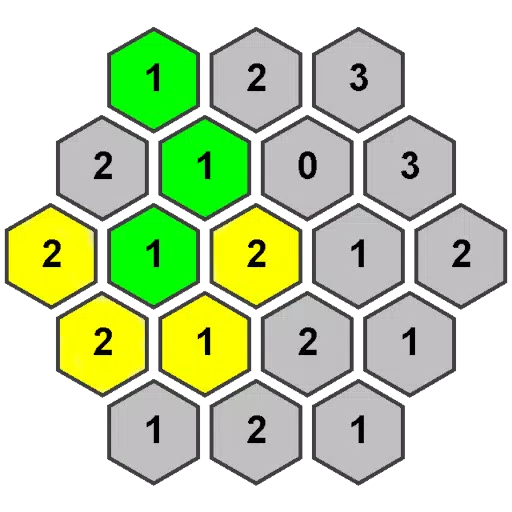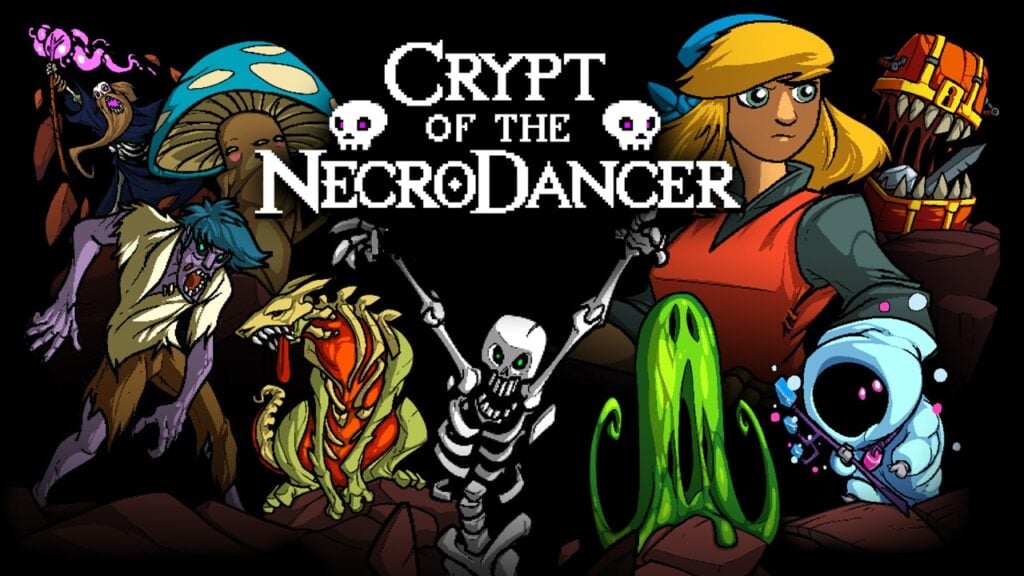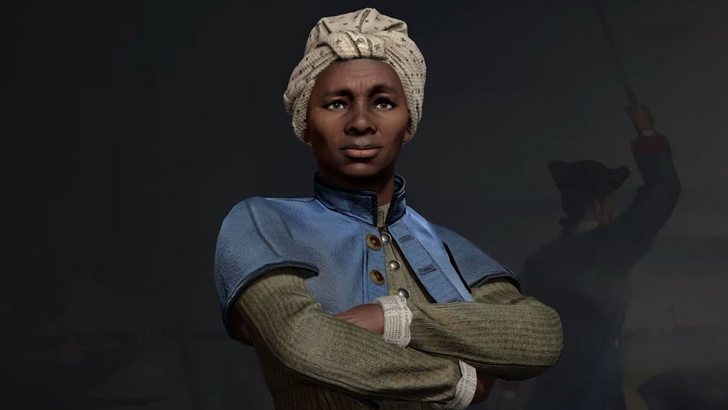
Civilization's leaders are iconic, but Firaxis' approach to selecting national representatives has evolved significantly. This article explores Civilization VII's leader roster and how it redefines leadership throughout the series' history.
← Return to Sid Meier's Civilization VII main article
Civ VII: A New Era of Leadership
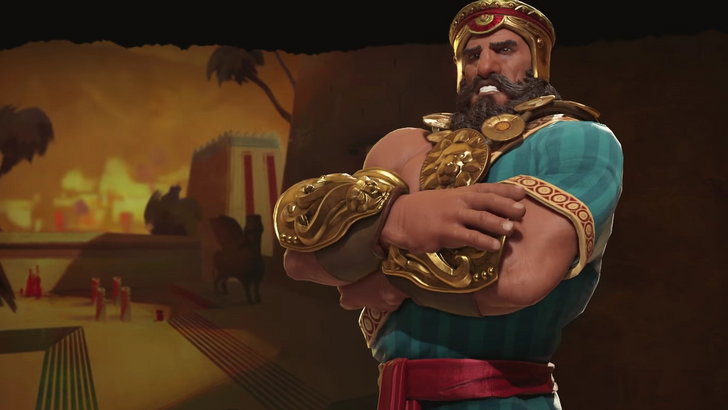
Leaders have always been central to Civilization, shaping each civilization's identity. However, their portrayal has diversified across the series. This exploration examines the evolution of leader selection, highlighting changes in each installment and how Civilization VII presents a unique approach.
Let's journey through Civilization's history, analyzing the evolution of its leader roster and how Civilization VII innovates the concept of leadership.
Early Civilization: A Focus on Global Powers
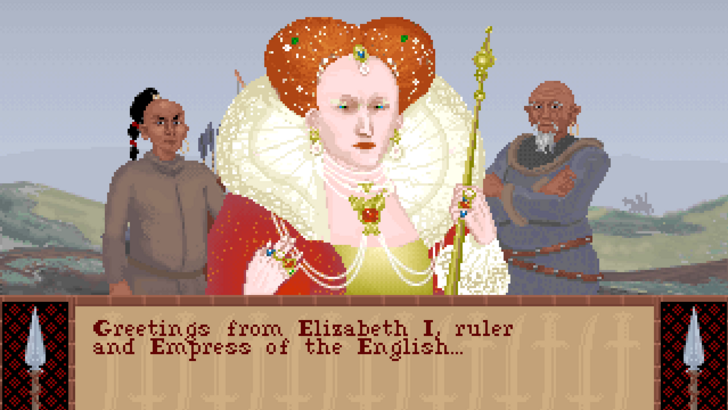
The original Civilization featured a relatively small roster, predominantly representing major global powers and historical figures. Fifteen civilizations were included, featuring leaders like Abraham Lincoln, Tokugawa Ieyasu, and Julius Caesar. The selection was straightforward, prioritizing widely recognized historical heads of state. While understandable for its time, this approach lacked the diversity seen in later iterations. Elizabeth I was the sole female leader.
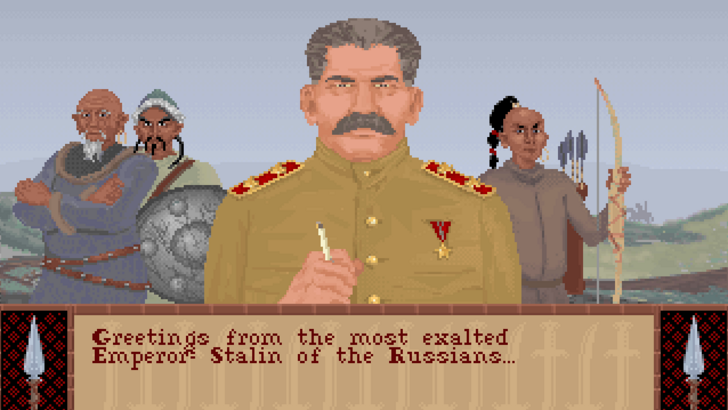
This approach, while simple, laid the foundation for future expansions.
Civilization II - V: Expanding the Definition of Leadership

Civilization II expanded the roster and introduced a separate female leader roster. It also broadened the definition of "leader," including influential figures beyond heads of state, such as Sacagawea and Amaterasu.
Subsequent installments integrated more female leaders into the main roster and further diversified the selection, featuring revolutionaries, generals, and reformers. Civilization IV and V significantly expanded the roster size and the range of represented figures. Leaders like Wu Zetian and Victoria I exemplify this shift. The focus broadened beyond solely established leaders to encompass a wider representation of humanity's impact.
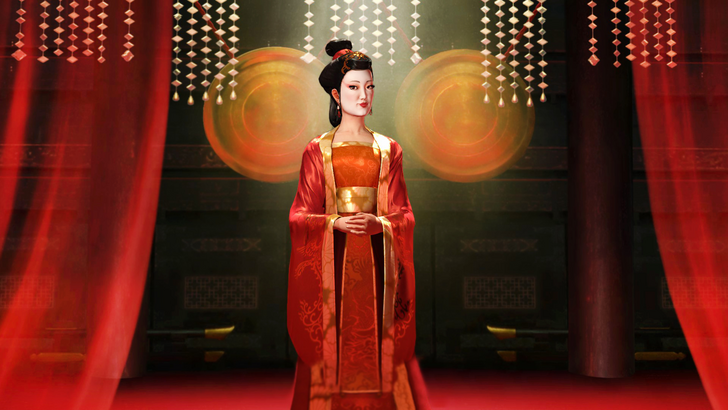
The series began to move beyond simply representing the powerful and famous to telling a more inclusive story of humanity.
Civilization VI: Enhanced Characterization and Leader Personas

Civilization VI enhanced characterization, presenting leaders as stylized animated figures. The introduction of Leader Personas—alternative versions of the same leader with distinct playstyles—added another layer of depth. Lesser-known figures like Lautaro and Bà Triệu gained prominence, reflecting a commitment to greater diversity.
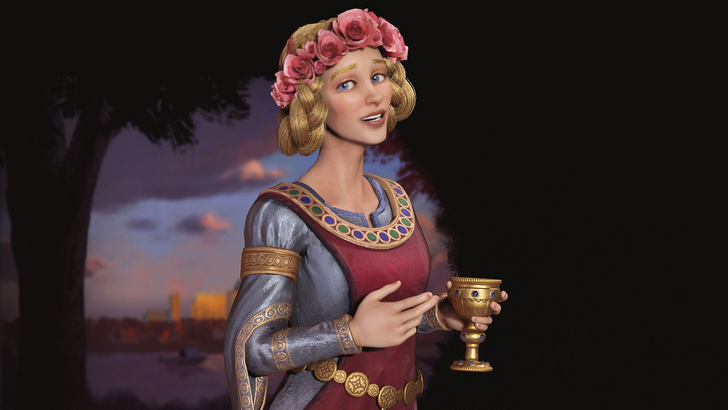
The game also introduced leaders who could represent multiple civilizations, such as Eleanor of Aquitaine and Kublai Khan. This, combined with multiple leader options for single civilizations (e.g., America, China), further expanded the game's scope. The Leader Personas added further diversity to established leaders.
Civilization VII: A Mix-and-Match Approach
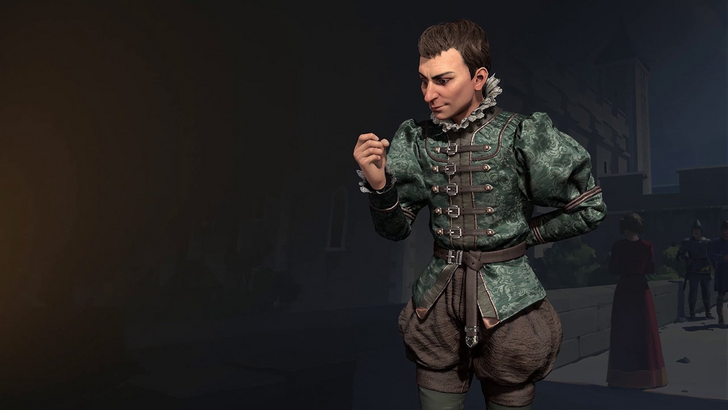
Civilization VII represents the culmination of this evolution. Its leader selection is the most diverse yet, featuring unconventional leaders and a mix-and-match approach. The inclusion of Harriet Tubman, known for her abolitionist work, exemplifies this shift. Her unique gameplay mechanics reflect her historical impact.
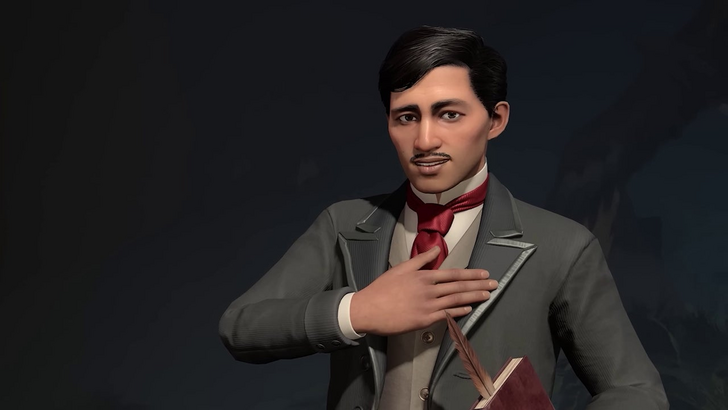
Other notable additions include Niccolò Machiavelli and José Rizal, showcasing a focus on influential figures beyond traditional heads of state. The game's approach to leadership has evolved from a focus on established global powers to a broader representation of humanity's diverse contributions.
Civilization's evolution reflects a broader shift in perspective, moving from a focus on established leaders to a more inclusive and representative portrayal of historical figures. The series continues to evolve its definition of leadership, promising even more diverse and compelling characters in future installments.
← Return to Sid Meier's Civilization VII main article
Sid Meier's Civilization VII Similar Games

 Home
Home  Navigation
Navigation






 Latest Articles
Latest Articles

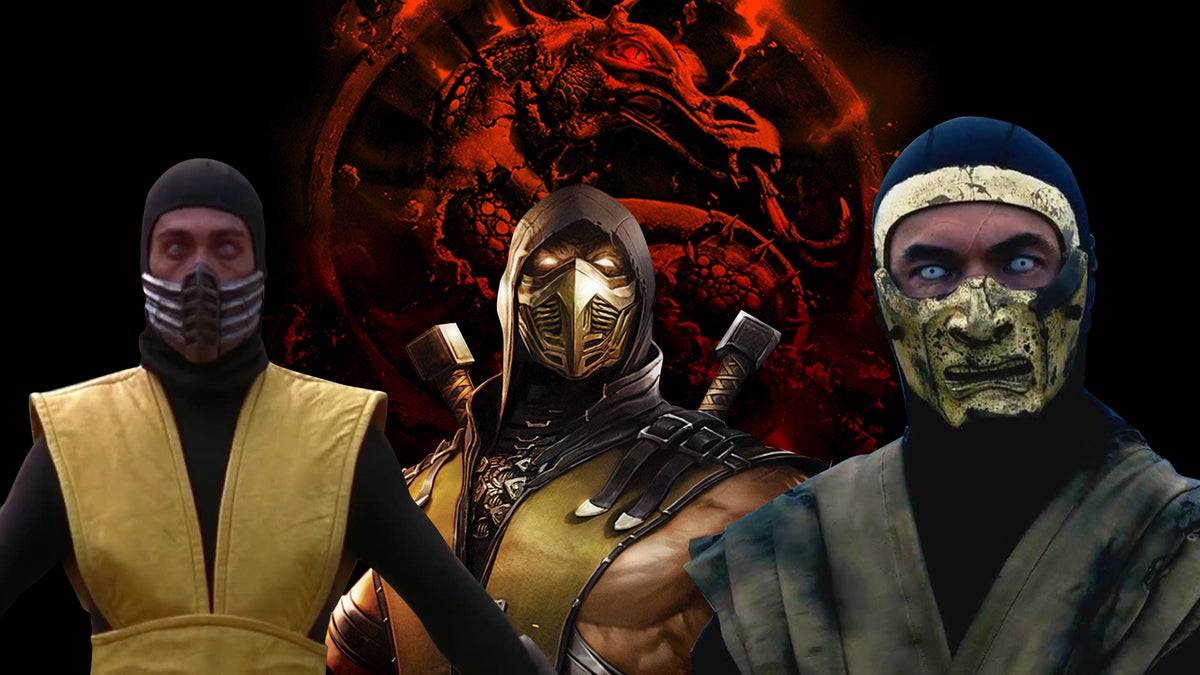








 Latest Games
Latest Games









